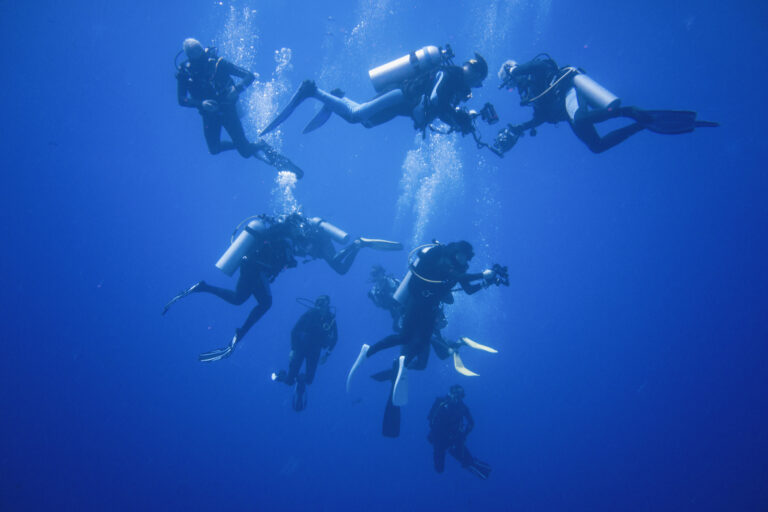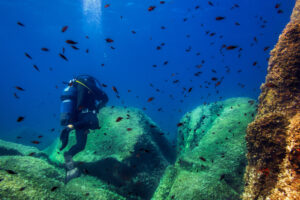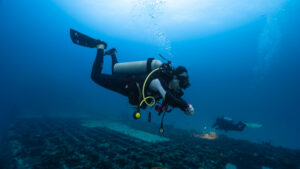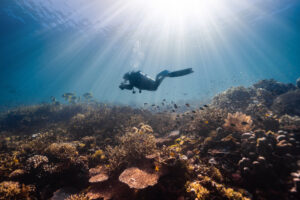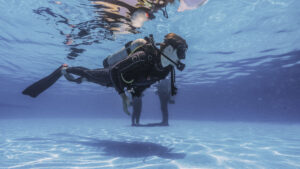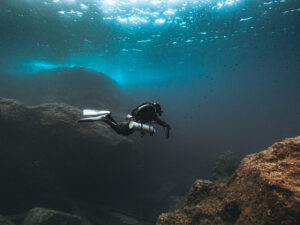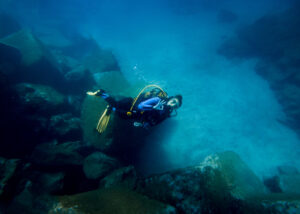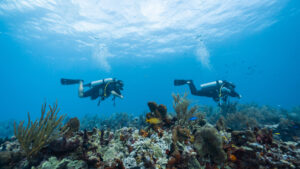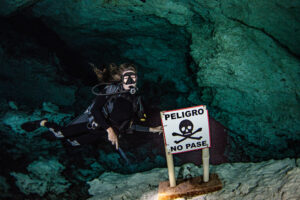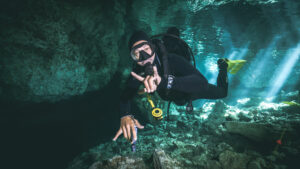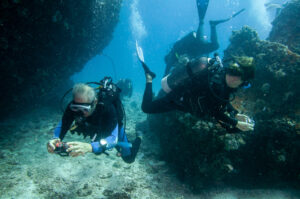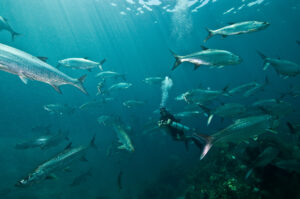What is a Jocking Strap?
The Jocking Strap is an essential piece of equipment used in diving helmets, particularly those utilized in professional and commercial diving. The primary function of a Jocking Strap is to securely hold the diving helmet in place by counteracting the buoyancy forces that can cause the helmet to lift off the diver’s head.
History
The concept of the Jocking Strap emerged alongside the development of diving helmets, which dates back to the early 19th century. As diving technology advanced, the need for a reliable mechanism to hold the helmet in place became increasingly important. Early attempts included using basic rope or leather straps; however, these materials proved to be insufficient in terms of durability and strength. Over time, the Jocking Strap evolved into the more robust webbing strap system that is widely used today.
Design
A Jocking Strap is composed of a series of adjustable webbing straps made from high-strength materials, such as nylon or polyester. These straps are designed to form a crisscross pattern around the diving helmet, with the top strap looping over the helmet’s crown and the lower straps passing under the diver’s arms. The straps are connected to the helmet at various points, providing a secure attachment that evenly distributes the force exerted by the buoyancy.
The strap system is adjustable to accommodate different helmet sizes and diver’s body shapes. It is designed to be comfortable for the diver, preventing chafing or pinching during prolonged underwater activities. Some Jocking Strap systems also include padding to enhance comfort and minimize pressure points.
Materials
The choice of material for a Jocking Strap is crucial, as it must be able to withstand harsh underwater environments, resist wear and tear, and maintain its strength over time. The most commonly used materials are nylon and polyester, both of which possess high tensile strength and excellent resistance to abrasion, UV radiation, and chemical exposure.
Nylon is a popular choice due to its exceptional strength-to-weight ratio, elasticity, and low water absorption. Polyester, on the other hand, is less elastic but offers superior resistance to UV radiation, making it more suitable for use in sunny or tropical diving locations. Both materials are available in various widths and thicknesses, allowing manufacturers to tailor the Jocking Strap to specific diving conditions and helmet designs.
Function
The primary function of the Jocking Strap is to prevent the helmet assembly from being lifted by buoyancy during a dive. The strap system applies downward pressure on the helmet, counteracting the upward force generated by the trapped air inside the helmet. This secure attachment is particularly important in commercial and professional diving, where the diver is often required to work at significant depths or in strong currents.
The Jocking Strap also serves as an additional safety feature by providing a redundant connection between the diver and the helmet. In the unlikely event that the primary helmet attachment fails, the Jocking Strap can prevent the helmet from detaching and potentially causing injury to the diver or damage to the helmet.
Significance in the Diving Industry
The introduction of the Jocking Strap has been a crucial development in diving safety, particularly in professional and commercial diving. By ensuring that the helmet remains securely attached to the diver, the strap system has reduced the risk of accidents related to helmet dislodgement. Moreover, the Jocking Strap has contributed to the overall comfort and usability of diving helmets, allowing divers to work more efficiently and comfortably in challenging underwater environments.
The Jocking Strap is a critical component of diving helmet assemblies, providing an essential safety feature and improving the overall diving experience. Its robust design and high-strength materials ensure a secure and comfortable fit, making it an indispensable piece of equipment for professional and commercial divers. As diving technology continues to advance, the Jocking Strap will undoubtedly remain a key element in diving helmet systems, ensuring divers can operate safely and efficiently in the underwater world.
In summary, the Jocking Strap’s history, design, materials, and function play an integral role in modern diving. It has enabled divers to work in challenging environments with increased safety and comfort, highlighting its importance in the diving industry. As new materials and technologies emerge, it is expected that the Jocking Strap will continue to evolve, further enhancing the performance and safety of diving helmet assemblies for years to come.

